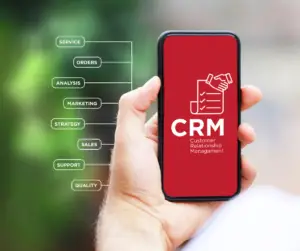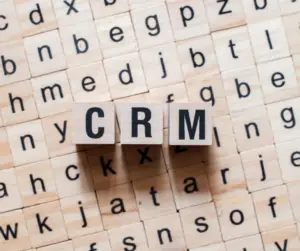SUPPLY shocks in the wake of the COVID-19 pandemic show that companies will have to make their supply chains more resilient.
In a Harvard Business Review article called Global Supply Chains in a Post-Pandemic World, Willy C. Shih, a professor of Management Practice in Business Administration, says companies must understand the risks in their supply chains and find ways to protect themselves from these.
“Manufacturers in most industries have turned to suppliers and subcontractors who narrowly focus on just one area, and those specialists, in turn, usually have to rely on many others,” Shih writes.
“Such an arrangement offers benefits: You have a lot of flexibility in what goes into your product, and you’re able to incorporate the latest technology. But you are left vulnerable when you depend on a single supplier somewhere deep in your network for a crucial component or material. If that supplier produces the item in only one plant or one country, your disruption risks are even higher.”
To understand the risks, Shih recommends that companies map out their full supply chain, going beyond the first and second tiers and including distribution facilities and transportation hubs. While this can be time-consuming and expensive, it’s worth the effort. “[A] surprise disruption that brings your business to a halt can be much more costly than a deep look into your supply chain is,” he says.
The goal of the mapping process should be to categorize suppliers as low-, medium- or high-risk, using metrics such as the impact on revenues if a certain source is lost, the time it would take a particular supplier’s factory to recover from a disruption, and the availability of alternate sources.
Once a company identifies the risks in its supply chain, it can use that information to address them either by diversifying its sources or stockpiling key materials or items.
The obvious way to address heavy dependence on one medium- or high-risk source (a single factory, supplier, or region) is to add more sources in locations not vulnerable to the same risks. If alternate suppliers are not immediately available, a company should determine how much extra stock to hold in the interim, in what form, and where along the value chain.
‘Of course, safety stock, like any inventory, carries with it the risk of obsolescence and also ties up cash,” Shih notes. “It runs counter to the popular practice of just-in-time replenishment and lean inventories. But the savings from those practices have to be weighed against all the costs of a disruption, including lost revenues, the higher prices that would have to be paid for materials that are suddenly in short supply, and the time and effort that would be required to secure them.”
The economic turmoil caused by the pandemic has exposed many vulnerabilities in supply chains and raised doubts about globalization. Managers everywhere should use this crisis to take a fresh look at their supply networks, take steps to understand their vulnerabilities, and then take actions to improve robustness, Shih writes.
“They can’t and shouldn’t totally back away from globalization; doing so will leave a void that others—companies that don’t abandon globalization—will gladly and quickly fill. Instead, leaders should find ways to make their businesses work better and give themselves an advantage,” he adds.
One of these ways is to use cloud-based supply chain management (SCM) systems to manage the risks.
A cloud-based SCM allows the supply chain planner to model a demand increase or decrease scenario in a product category or region. Alternately the planner can also model the scenario of a loss of a key supplier due to geographic disruptions and compare alternate supplier options.
Such systems will also enable the finance manager to model labor costs, operational expense planning, workforce planning, financial statement, reporting budgeting, and re-forecasting.
During and post COVID-19, how a company re-calibrates and optimizes its supply chain and financial planning will be critical for business success to prepare for the next wave of disruption. New analysis and models will be required to compute future supply chain plans, as well as model multiple scenarios. A cloud-based SCM will enable companies to extract data, analyze and model scenarios in near real-time to be able to respond to disruptions effectively.
Source:https://hbr.org/2020/09/global-supply-chains-in-a-post-pandemic-world





